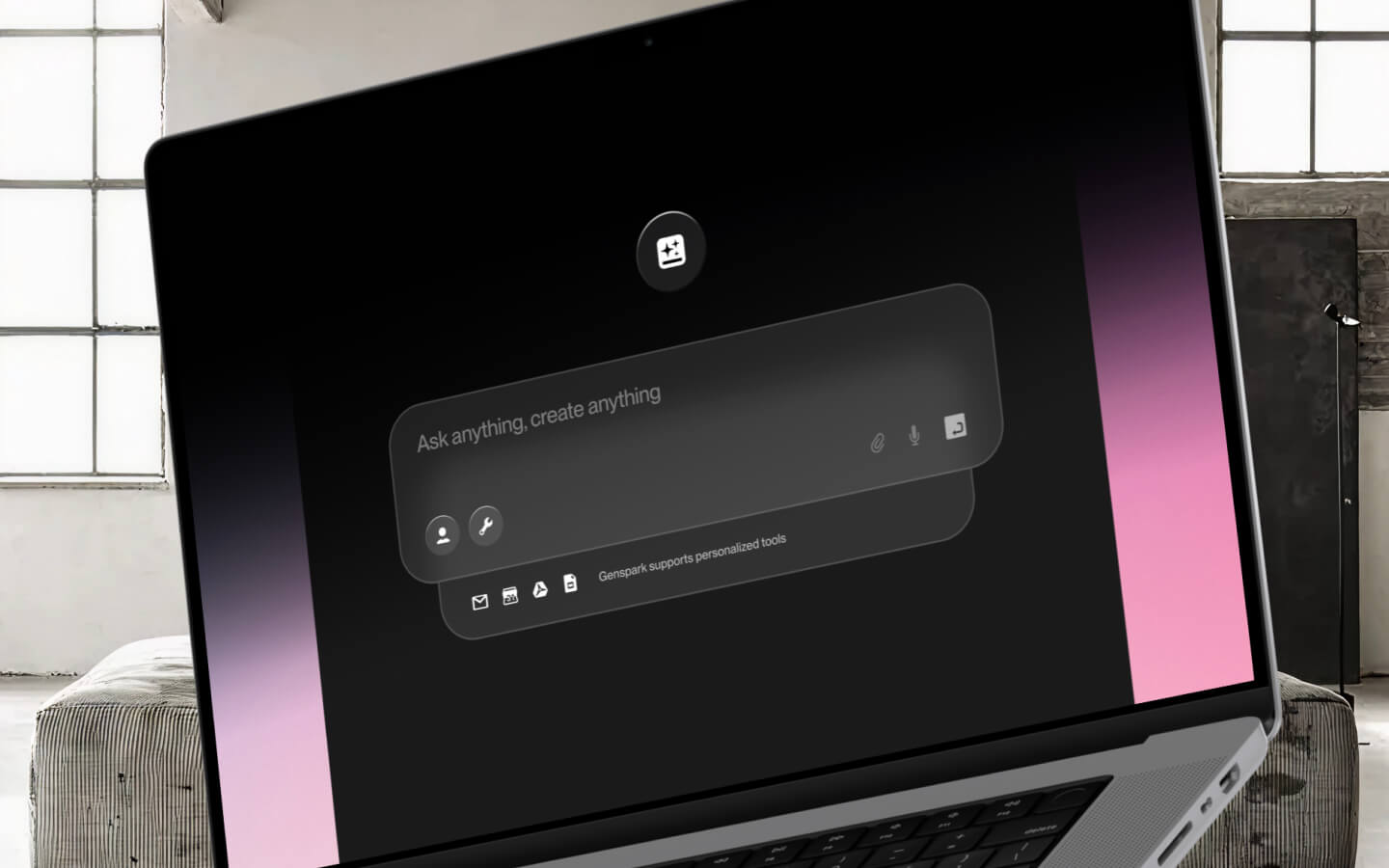It’s hard to benchmark your costs. Everybody’s situation and company is different, forcing startup CEOs to walk a fine line with cash burn: spend too little and your startup may not grow fast enough to achieve escape velocity; spend too much and your startup might run out of life.
Even more difficult: it’s hard to cut costs after overspending. While rational, laying off employees hurts morale, disrupts company culture, and kills revenue momentum.
Before you get to the point where you have to cut into muscle, we recommend these five financial hacks that can help you conserve cash without actually cutting your spend.
1. Sell annual contracts and collect cash upfront.
Your sales reps are naturally inclined to opt for a monthly subscription – it’s an easier sell with a smaller commitment.
Unfortunately, subscriptions paid monthly kill your cash flow in a couple ways. First, they churn at a higher rate than annual contracts. Second, they require many months to pay back the initial cost to acquire the customer (CAC) in the first place.
For example, let’s say your gross profit pays back your CAC after nine months. If you sell monthly subscriptions, you’re losing money on that customer for the first nine months of their subscription at minimum. If they cancel after six, you’ve permanently lost money on their usage.
Instead, default to annual contracts with payment up front. That same customer is now immediately cash flow positive and a guaranteed profit, as the earliest they can churn is after a year. It sounds simple because it is. Incentivize your sales team to sell annual contracts and incentivize your customers through small discounts to pay upfront. Plus, you get the nice bonus that annual customers churn at a lower rate than monthly customers.
2. Implement faster, invoice faster, upsell faster.
Most enterprise customers won’t pay their bill until your application is implemented and live. For customers that require deep integrations, training, and set-up time, this can often delay your payment by weeks or months.
The best way to improve cash flow is to change your contracts so that you get paid at signing. However, this isn’t always possible. The next best option is to compress the time from signed contract to live deployment. Plus, you’ll get an added bonus – the faster a new customer goes live, the faster your customer success team can make them a happy customer (and hopefully upsell additional features and more seats over time).
There are a number of ways to speed up deployment time:
- Implement in phases.
- Instead of attempting on rolling out your product to the entire company at once, focus on onboarding individual teams, facilities, or geographies so you can start charging customers for access as quickly as possible.
- Do the legwork.
- Bring on an additional onboarding specialists to work with clients on speeding up implementation, whether that’s running educational webinars, writing product documentation, or even working with new users onsite.
- Crowdsource.
- Some of your customers will ramp up more quickly than others – instead of reinventing the wheel, learn from your most efficient users and distill their efficiency into a repeatable process for your other customers.
3. Tie sales commissions to cash flow.
Incentivize your sales reps to focus on speedy implementation and payment terms. The best way to do this is to match sales commissions with the timing of actual cash flows from new contracts as opposed to paying commissions for signed contracts.
There are creative ways to implement this without causing too much disruption, like making the change at the same time as restructuring other parts of the commission structure or in tandem with a year-end bonus. The key is to take the time to make sure reps see the new system as fair and transparent.
4. Slow down accounts payable, speed up accounts receivable.
I’m constantly amazed by how quickly startups pay their bills. It’s time to start thinking like a big company – maximize your float by setting up your bills to be automatically paid close to the due date.
More importantly, don’t let your customers borrow your cash for 90 days, interest free. There are a number of ways that you can test to speed up your accounts receivables:
- Ask for prepayment.
- For large invoices, it’s not uncommon to ask for 30-50% of payment upfront before beginning implementation or work.
- Invoice immediately.
- Don’t wait weeks to send an invoice – send it immediately. You can also build email drip campaigns to remind clients to pay invoices.
- Keep payment terms short.
- 30 days might be standard, but it’s not the law. Experiment with changing your payment terms to 7 or 14 days.
- Incentivize customers with discounts.
- Offer customers small discounts to pay invoices early or switch to upfront annual contracts.
- Put your payment terms in writing.
- Most of the time, payment terms – net 30, net 60 – are an afterthought to the more material terms of the agreement. Put your payment terms in writing and get customer alignment around them before signing.
These exercises can have a large impact. If a company with $6M in annual bookings can bring its accounts receivable days outstanding – how long it takes someone to pay you – from 90 to 60 days, they’ll be able to access an extra $500K in cash.
5. Shift capital expenses to operating expenses.
Stop paying for expensive things: rent them instead.
Instead of paying for office security deposits, furniture, or computers upfront, save cash by renting your stuff, converting your capital expenses into monthly recurring expenses. There are dozens of companies willing to rent you furniture or computers, often with a built-in warranty. Apple even directly offers financing solutions for their computers and phones.
At the end of the day, all of these are ultimately second to building a sustainable GTM strategy. Use these hacks to give yourself extra breathing room to find and scale in the meantime. 🚀


